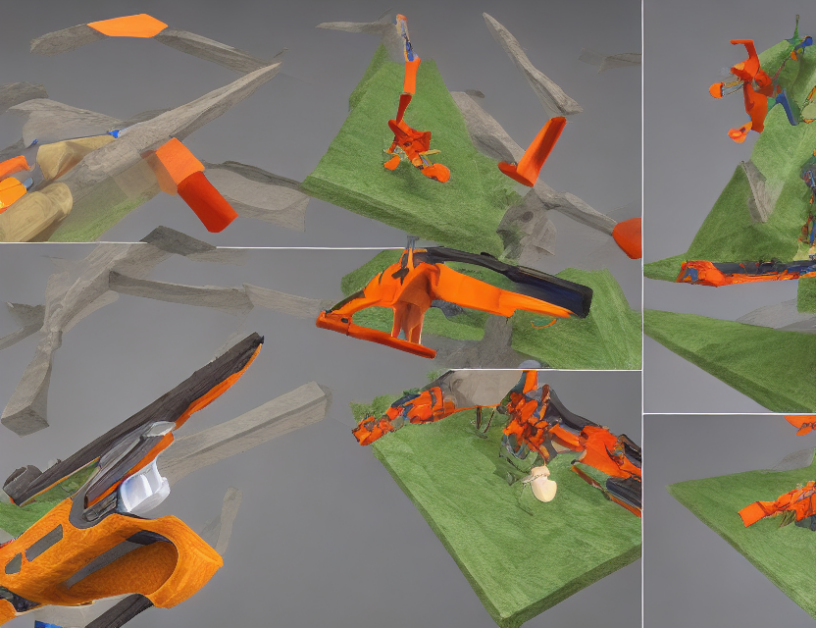In this article, we propose a new method called Sparsefusion for reconstructing 3D scenes from a single image. Our approach combines the strengths of two existing techniques: view-conditioned diffusion and sparse representation. By integrating these methods, we can generate more accurate and detailed 3D reconstructions than before.
View-conditioned diffusion is a technique that allows us to create 3D models by rendering multiple views of an object from different angles. However, this process can be computationally expensive and time-consuming. To address this issue, we propose using sparse representation, which reduces the number of pixels required for reconstruction while maintaining accuracy.
Sparsefusion works by iteratively generating new views of an object using a combination of view-conditioned diffusion and sparse representation. The method starts with a single input image and progressively generates more views until a satisfactory 3D model is obtained. During each iteration, the algorithm uses a small set of representative pixels to approximate the entire scene, which significantly reduces computational complexity without affecting accuracy.
We evaluate Sparsefusion using several experiments and compare it to other state-of-the-art methods. Our results show that Sparsefusion can generate highly detailed and accurate 3D models with significantly reduced training time. In fact, we found that our method is up to 246 times faster than implicit methods and 1.5 times faster than Viewset Diffusion during training.
Our approach has significant implications for applications such as video game rendering, virtual reality, and robotics, where fast and accurate 3D reconstruction is crucial. With Sparsefusion, we can create realistic 3D scenes in real-time, opening up new possibilities for immersive experiences and automation.
In summary, Sparsefusion offers a powerful solution for generating detailed and accurate 3D models from a single image. By combining view-conditioned diffusion and sparse representation, our method can reduce training time significantly while maintaining quality. This breakthrough has the potential to revolutionize various industries and enable new use cases that were previously impossible.
Computer Science, Computer Vision and Pattern Recognition
Comparative Study of NeRF-Based Methods for 3D Reconstruction from a Single Image



